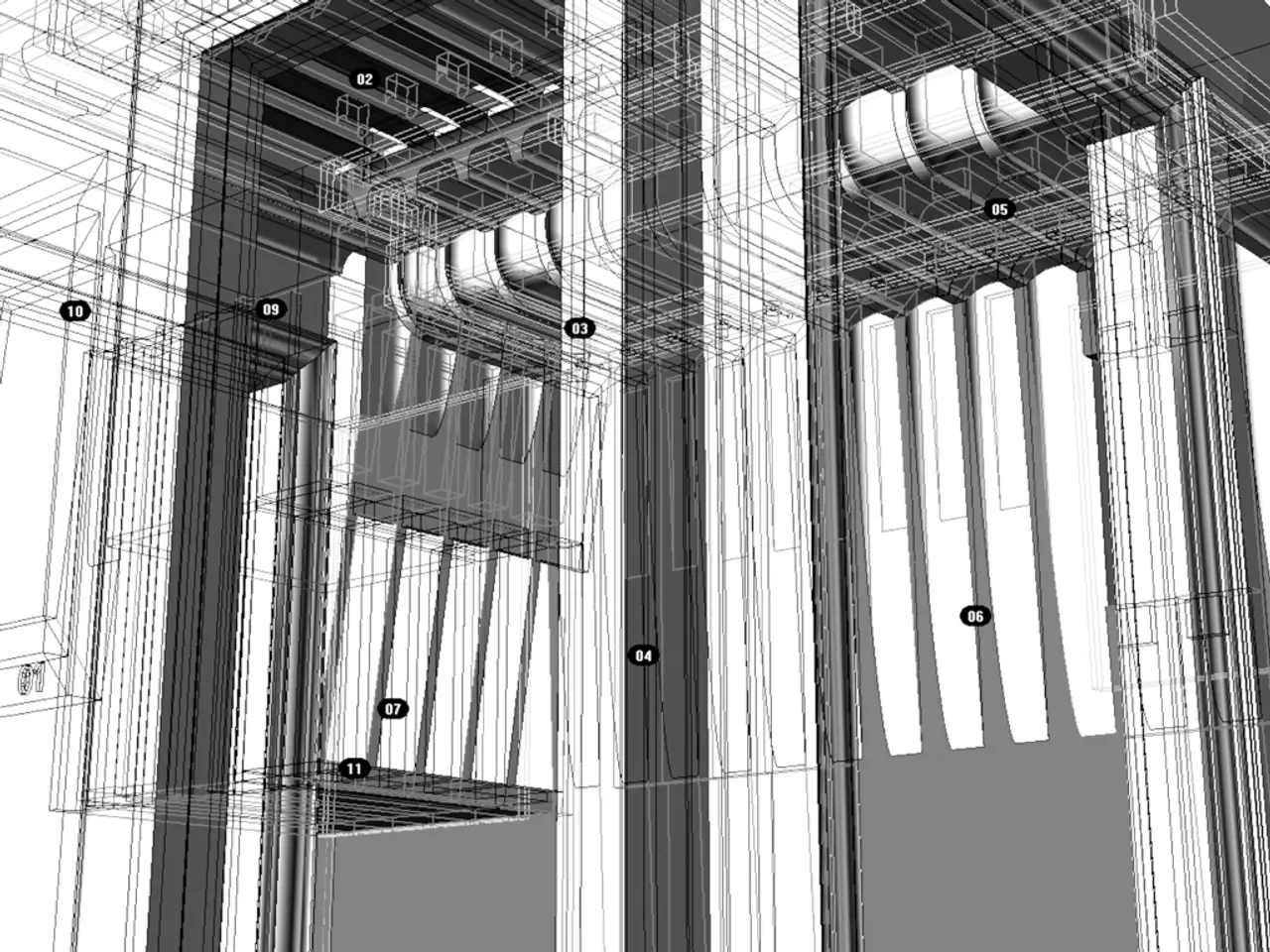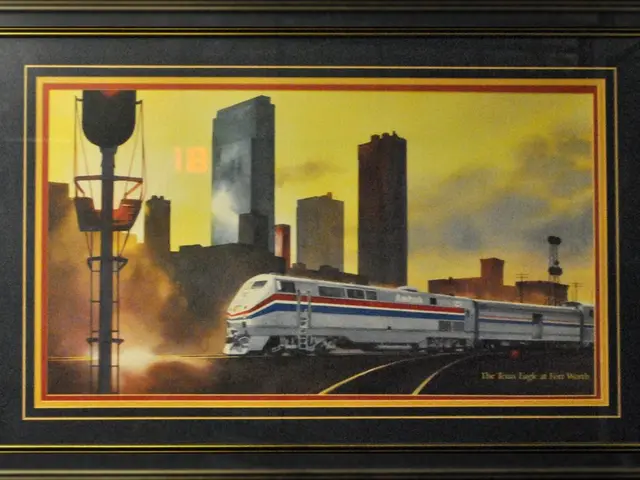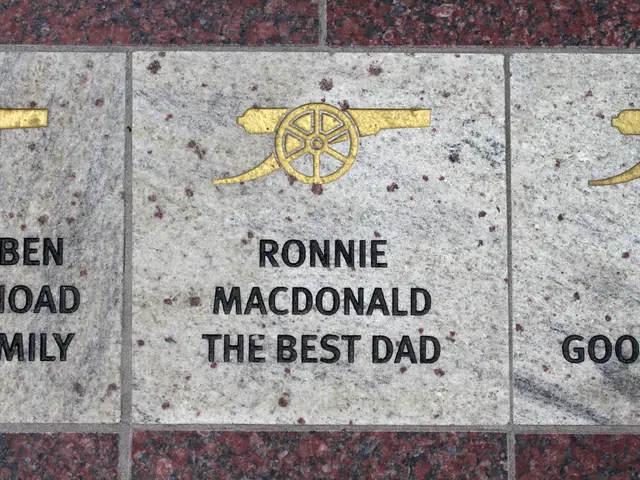Top 30 Engaging Architectural Sketch Concepts Worth Exploring
In the realm of architecture, illustrations play a pivotal role in bringing designs to life and communicating the intended vision effectively. The art of architecture illustration is a blend of precision, creativity, and technical prowess, and the right tools can make all the difference. Here are some top recommendations for creating compelling, accurate, and visually striking architectural illustrations in 2025.
The foundation of any architecture illustration lies in precision and detail. Tools like AutoCAD and Revit, the industry standards for architectural drafting and Building Information Modeling (BIM), form the backbone of these illustrations and documentation.
For those seeking versatility in 3D modeling, software such as SketchUp, Rhino, and Blender are excellent choices. SketchUp, in particular, is renowned for its intuitive interface and ability to quickly generate 2D and 3D layouts, making it popular for both schematic design and detailed modeling.
In the era of artificial intelligence, emerging tools like Veras by Chaos are transforming the landscape of architectural illustration. These AI-powered visualization tools can convert geometric CAD/BIM models into detailed photorealistic images using machine learning, helping create compelling visual narratives more quickly.
Another AI tool, Kaedim, accelerates the creation of 3D architectural assets by converting basic 2D sketches into accurate 3D models, aiding the concept development phase.
For architectural animation and advanced visual effects, AI tools like MidJourney, Runway, and Kling A provide animation capabilities and landscape design integration, suitable for dynamic illustration projects.
In addition to these digital tools, traditional methods such as pen and ink, watercolor, and even tracing paper still hold significance. Watercolor offers a soft, dreamy quality and subtle gradations of color and tone, while pen and ink provide a timeless elegance with crisp lines and dot shading ideal for highlighting structural elements.
Archival paper, made to resist aging, ensures that architecture illustrations do not yellow or degrade over time, preserving the integrity of the work. Urban exploration and nature can also provide real-world observations that translate into dynamic and authentic illustrations.
Art and design museums offer a broad spectrum of visual arts, enhancing understanding of space, composition, and color for architecture illustration. Contemporary architecture blogs and websites showcase innovative designs from around the globe, perfect for illustrators looking to infuse modern aesthetics into their work.
Social media and online communities can lead to discovering a wide array of illustration styles and techniques, broadening artistic horizons. Bristol board provides a sturdy, smooth surface suitable for high-quality renderings with pen, ink, or colored pencils, while Vellum is thicker and more durable, suitable for presenting more finalized drawings or using with ink and denser materials.
Lastly, abstract illustrations focus on capturing the spirit of architecture through geometric shapes, bold colors, and exaggerated features, offering a unique and creative approach to architecture illustration.
In conclusion, the best approach is often a combination of digital and traditional tools, with AutoCAD or Revit for precise technical drawings and BIM, SketchUp or Rhino for versatile 3D modeling, AI visualization tools like Veras for photorealistic rendering, and supplementary diagramming tools like SmartDraw for presentation and workflow efficiency. This blend offers architects robust options for creating compelling, accurate, and visually striking architectural illustrations in 2025.
[1] Smith, J. (2025). The Future of Architecture Illustration: AI and Digital Tools. Architecture Today. [2] Johnson, M. (2025). Top Tools for Architecture Illustration in 2025. Architecture Digest. [3] Williams, K. (2025). Traditional Tools Still Relevant in Modern Architecture Illustration. The Art of Building. [4] Brown, L. (2025). SketchUp: A Powerful Tool for Architecture Illustration. SketchUp Blog. [5] Lee, S. (2025). Animation and Visual Effects in Architecture Illustration: AI Tools on the Rise. AI in Architecture.
- As one delves into the realm of architectural illustration, it's essential to explore a fusion of digital and traditional tools, such as AutoCAD or Revit for precision and BIM, SketchUp or Rhino for versatile 3D modeling, and AI visualization tools like Veras for photorealistic rendering, complemented by supplementary diagramming tools like SmartDraw for presentation and workflow efficiency.
- Architectural illustrations encompass a wide spectrum of styles and techniques, ranging from the soft, dreamy watercolor to the timeless elegance of pen and ink, and even extending to the unique and creative approach of abstract illustrations that capture the spirit of architecture through geometric shapes, bold colors, and exaggerated features.





